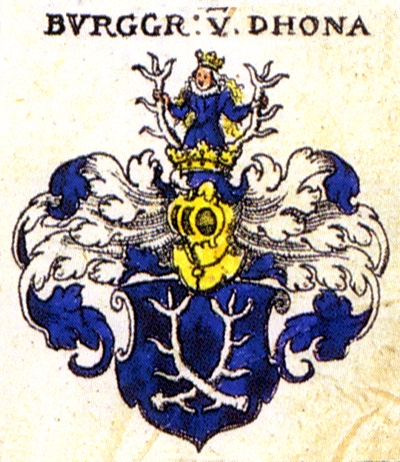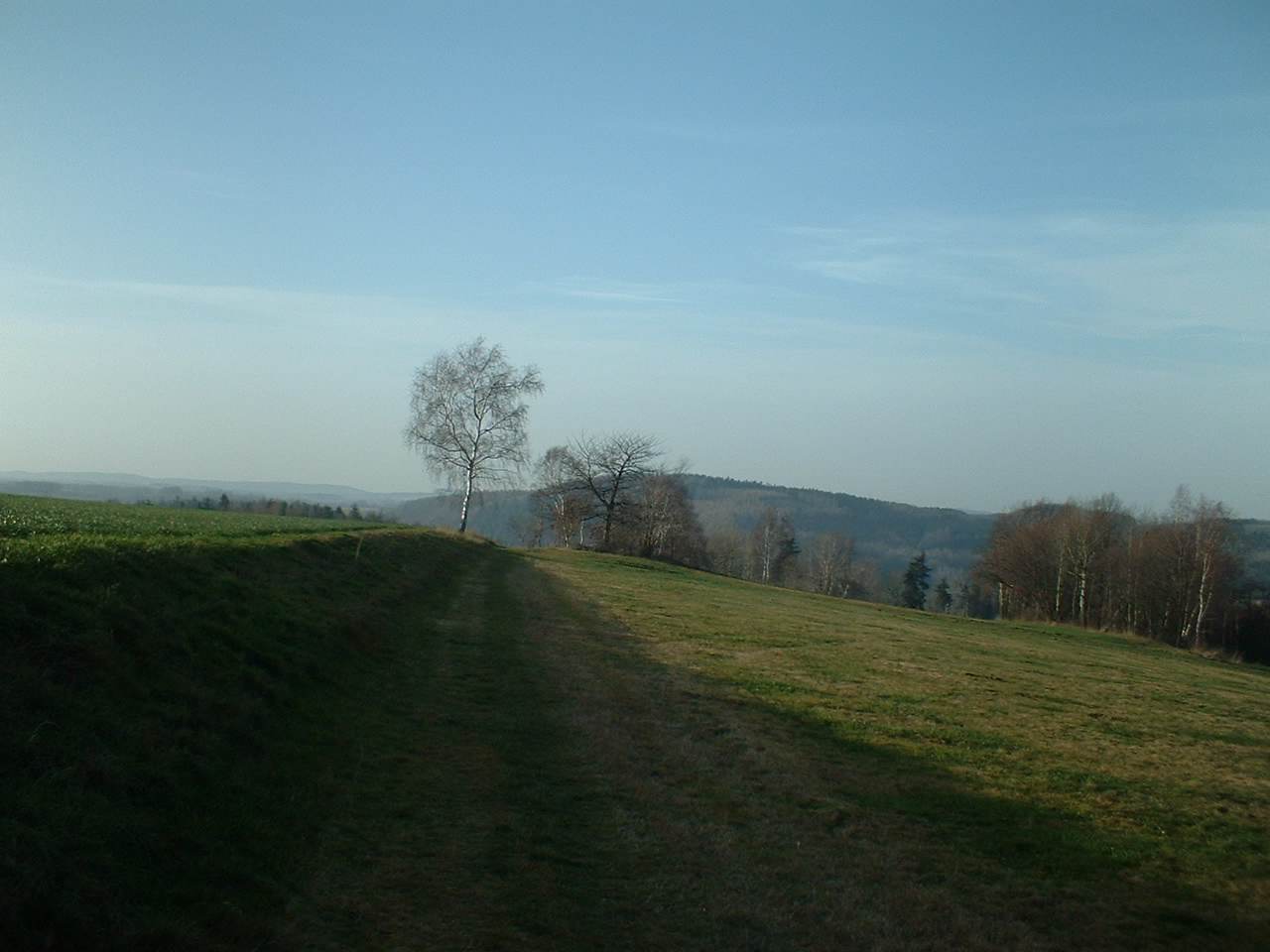|
Dohna
Dohna is a town in the Sächsische Schweiz-Osterzgebirge district, Saxony, Germany. It is located south of Heidenau, in the Müglitz (river), Müglitz valley and lies at the northeastern foot of the Eastern Ore Mountains. It is accessed by the Pirna interchange of highway Bundesautobahn 17, A17, and by the ''Dohna (Sachs)'' and ''Köttewitz'' stations of the Müglitz Valley Railway. History Dohna is one of the oldest towns in Saxony. Traces of settlement dating back to the 16th century BC (Bronze Age) have been found. The Dohna Castle on a strategic hill at the entrance to the Müglitz (river), Müglitz valley was probably already built in the middle of the 10th century. The town Dohna was first documented as ''Donin'' in 1040. The name comes from ''Property of Doň'' from the Bohemian first name Zdoň. The town and its castle controlled two roads from Saxony to Bohemia: one through the Müglitz valley, and one over the heights Kulmer Steig, to Kulm. The burgraves of Dohna con ... [...More Info...] [...Related Items...] OR: [Wikipedia] [Google] [Baidu] |
Dohna Castle
Dohna Castle (, ) on the once important medieval trade route from Saxony to Bohemia was the ancestral castle seat of the . Of the old, once imposing double castle only a few remnants of the walls remain. The ruins of the old castle are located on the hill of ''Schlossberg'' near the subsequent suburb of the town of the same name, Dohna, in the district of Sächsische Schweiz-Osterzgebirge in Saxony, Germany. History Dohna Castle was probably founded around A.D. 950 by Emperor Otto I (936–973) on the Schlossberg hill on the site of a Sorbian hillfort fortification. This region around the Schlossberg had been a Sorbian settlement from prehistoric times. The name of the associated settlement was Donin, from which the castle received its name. The castle was the centre of the imperially immediate lordship of the burgraves of Dohna. They had the task of guarding the important trade route between Saxony and Bohemia, hold the conquered and subjugated Sorbs in serfdom and their Ch ... [...More Info...] [...Related Items...] OR: [Wikipedia] [Google] [Baidu] |
Dohna Feud
The Dohna Feud () was a 14th-century dispute between the Burgraves of Dohna, who resided in the Eastern Ore Mountains of Central Europe, on the one hand and Saxon nobleman, John of Körbitz (''Hans von Körbitz'') and the Meißen Margrave William I on the other. The feud lasted from 1385 to 1402. Course The confrontation began in 1385 at a ball for the nobility in Dresden, when a personal dispute between John of Körbitz (''Hans von Körbitz'') and a young burgrave, Jeschke. After Jeschke had blatantly flirted with Körbitz's wife, the latter tripped him up, whereupon the gentleman from Dohna responded with a slap in the face. Nickel described this incident as follows in 1482: ''"The initial disagreement had a beginning: it was one of the Korbs, who tripped the young Jeschke in the ballroom at Dresden; whereupon Yoshko hit Korb in the mouth."''Alfred Meiche, Historisch-topographische Beschreibung der Amtshauptmannschaft Pirna, Dresden, 1927 The feud that started in this w ... [...More Info...] [...Related Items...] OR: [Wikipedia] [Google] [Baidu] |
Kulmer Steig
The Kulmer Steig () is a synonym for the transport links from the Elbe, Elbe valley over the eastern part of the Eastern Ore Mountains to Bohemian Chlumec u Chabařovic (German: ''Kulm''), hence the name which means "Kulm Trail". It is an ancient road system of partly derelict and unmetalled historic transport routes. These historic long-distance routes have been uncovered today thanks to archaeological discoveries. The routes all head south from the Elbe valley between Dresden and Pirna and cross the Eastern Ore Mountains over Ore Mountain passes, mountain passes on the Saxon side between Fürstenwalde in the west and Bad Gottleuba-Berggießhübel#Oelsen, Oelsen in the east. The lowest crossings are located near Mohelnice (Krupka), Mohelnice from where they continue via Habartice (Krupka), Habartice and the Geiersberg as well as Krasný Les and further on over the Nollendorf Pass to Chlumec. The Kulmer Steig was an especially good transport route because the road cut a passage thr ... [...More Info...] [...Related Items...] OR: [Wikipedia] [Google] [Baidu] |
Müglitz (river)
The Müglitz is a river, about long, and a left tributary of the Elbe in the German state of Saxony. Course It rises in the Eastern Ore Mountains on the border between the German state of Saxony and the Czech Republic near the demolished Bohemian village of (German: ''Böhmisch Müglitz'') from two headstreams: * The White Müglitz (, ) rises near the border by the former village of (German: ''Vorderzinnwald'') and then forms the border stream with Saxony. * The Black Müglitz (, ''Schwarzbach'', ''Sörnitz'' or ''Sernitz'', ) rises near the abandoned village of (Cz: ''Habartice'') and its middle reaches flow through the northern part of the Black Meadows (''Schwarzen Wiesen''; the color label refers to the boggy character of the land). The name ''Sörnitz'' comes from Slavic ''zornice'' 'mill stream'. During severe weather on 8 July 1927 the stream became a torrent that tore up the ground, changed its riverbed, and flowed down the valley as a mud flow. From its source in ... [...More Info...] [...Related Items...] OR: [Wikipedia] [Google] [Baidu] |



